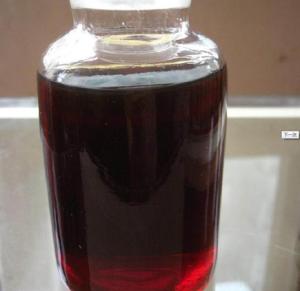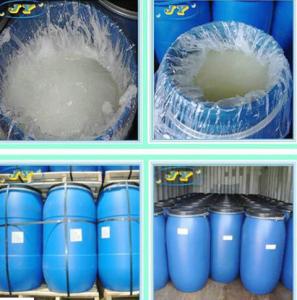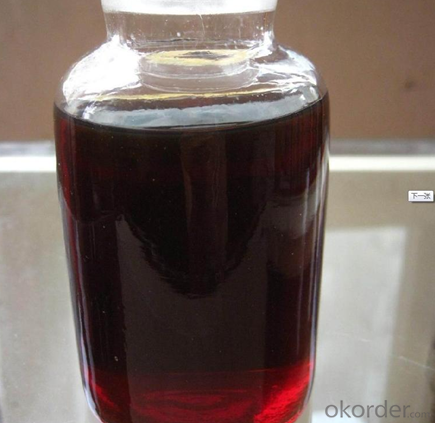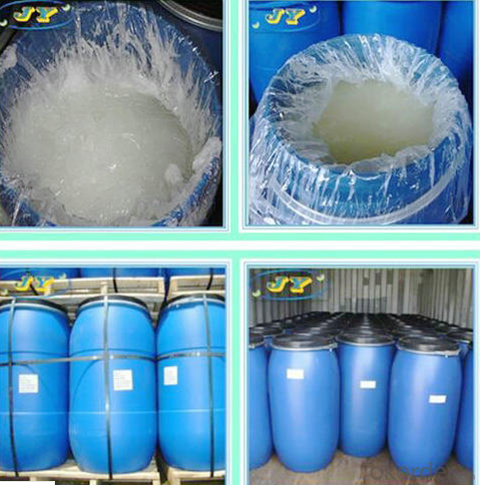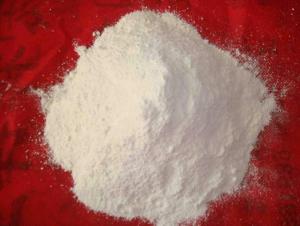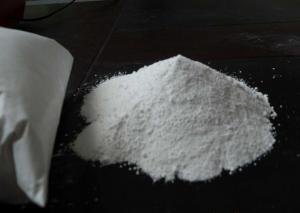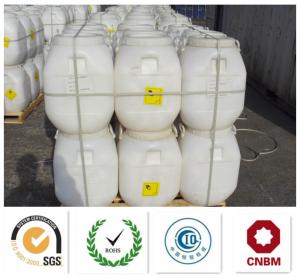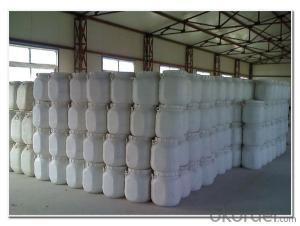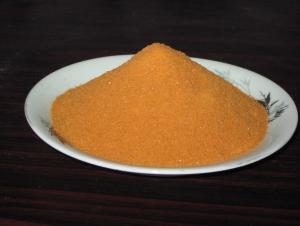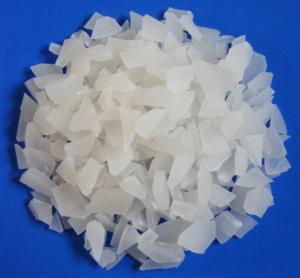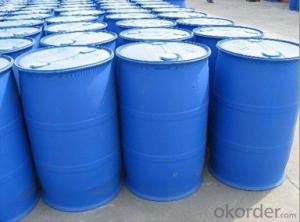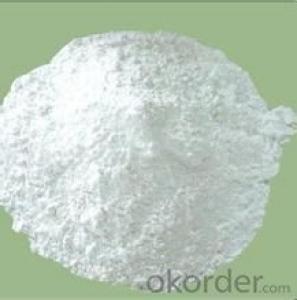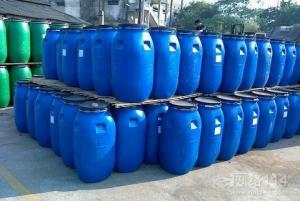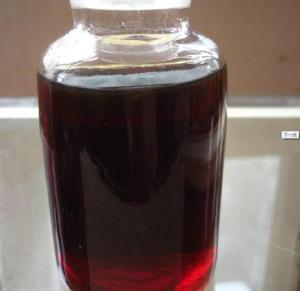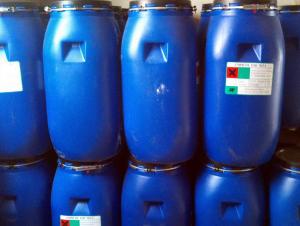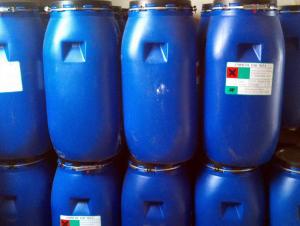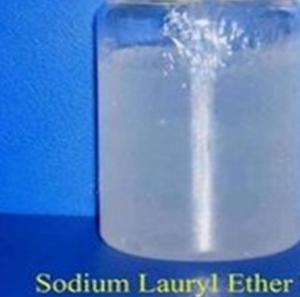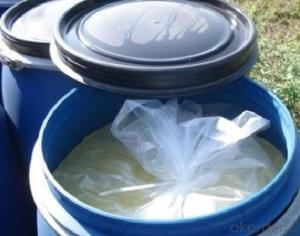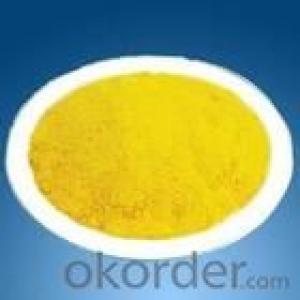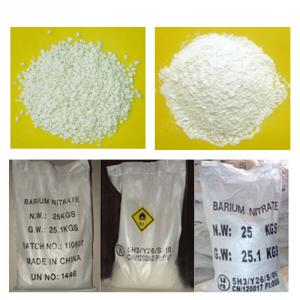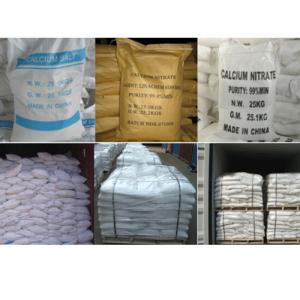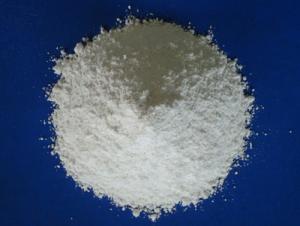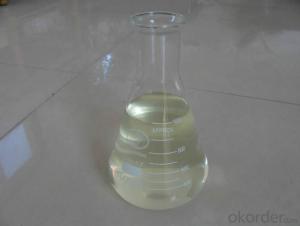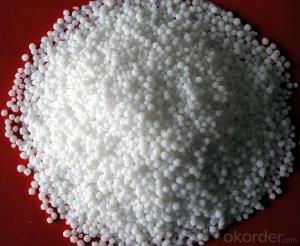SLES with High Purity and Competitive Price and Strong Package
- Loading Port:
- Shanghai
- Payment Terms:
- TT or LC
- Min Order Qty:
- 17.6
- Supply Capability:
- 3000 m.t./month
OKorder Service Pledge
OKorder Financial Service
You Might Also Like
1.Structure of Sodium Lauryl Ether Sulfate70%(SLES70%) Description:
CAS No.: | 68585-34-2 |
MF: | RO(CH2CH2O)nSO3Na |
EINECS No.: | 221-416-0 |
Appearance: | White or Light Yellow Viscous |
Usage: | Cosmetic Raw Materials, Detergent |
2.Main Features of Sodium Lauryl Ether Sulfate70%(SLES70%) :
With excellent detergency,emulsification and foamability,it is easy to dissolve in water.As well as favorable hard-water resistency and high-biodegradation,it is popular with customers both at home and abroad.
3. Sodium Lauryl Ether Sulfate70%(SLES70%) Images



4. Sodium Lauryl Ether Sulfate70%(SLES70%) Specification
Items | Specification |
Active matter, % | 68-72 |
Free Oil,% | 3.5 max. |
Sodium sulfate, % | 1.5 max. |
1,4-Dioxane, PPM | 30 max. |
pH value ( 25 oC , 2% Am.aq.sol) | 7.0~9.5 |
Color, Hazen (5%Am.aq.sol) | 20 max. |
Chloride ion , % | 0.3 Max |
5.FAQ
1)How many tons does your factory can supply each moth?
30000tons/month
2)How to quarantee the quality of the products?
you can arrange SGS&BV or other quality inspection.
3)How many days you need to pepare the cargo after we made the order?
within 30 days.
- Q: I'm said that with the increase of temperature the inorganic salts will decrease. Will that be correct?
- IIRC, it depends on the salt.
- Q: What is an inorganic salt?
- I think inorganic salts mean salts that do not contain organic ionic groups
- Q: Are there any differences between minerals and inorganic salts?
- For example, iodine in kelp, calcium lactate in sour milk, etc. These minerals are not inorganic salts.
- Q: How to get an inorganic salt
- Inorganic salts are salts of inorganic compounds, formerly known as minerals. Plant growth needs N, P, K three elements and Ca, Zn, B, Mg, S, Fe and other trace elements. Depending on the type and amount of inorganic salts required for plant life, the water and various proportions of inorganic salts are scientifically formulated into plant nutrient solutions. The method of cultivating plants with plant nutrient solution is called soilless cultivation. The inorganic salts used to prepare the nutrient solution are generally not available for extraction, such as potassium nitrate, calcium nitrate, magnesium sulfate, potassium dihydrogen phosphate, copper sulfate, zinc sulfate and the like, and the reagent may be a chemical fertilizer. The purity of the reagent is high and the impurities of the fertilizer are more. If you can not get it, you can use soil leaching solution (fertile soil plus fresh water, the liquid obtained after filtration), which generally contains a variety of inorganic salts.
- Q: Are plants absorbing water and inorganic salts only through root tip or wrong? The
- Plants through the leaves can also absorb water and inorganic salts, but the root tip is the main part of the plant to absorb water and inorganic salts.
- Q: Are the inorganic salts mineral and they are soluble in water?
- Generally speaking, inorganic salts, including minerals, inorganic salts are not minerals. Some inorganic salts can be soluble in water and some can not, the vast majority of minerals do not dissolve in water, otherwise the rain on the rocks are not dissolved Is it gone?
- Q: What inorganic salts are needed for seeds?
- Phosphate, nitrogen, magnesium, calcium, iron, copper, and boric acid
- Q: What does salt form when it dissolves?
- Most inorganic salts are ionic in nature and therefore it will dissociate in ions. For example Copper sulphate will dissociate in Cu+2 and SO4 -2 ions. If the dissociation energy of the salt is too high, it will remain partially or completely as salt in the solution. large number of organic salts do not dissociate completely and the solution will contain Ions and salt - both.
- Q: RO reverse osmosis water machine can remove impurities in the water, that the body will not be due to lack of minerals and malnutrition?
- So we can say: all the minerals required by the human body are dependent on the supply of food.If the mineral and water pollutants to do comparison, then we can almost ignore the minerals in the water; , We would rather drink RO reverse osmosis water machine filtered out of the clean water, do not for that 0.01% of the minerals, and take our health joke.
Send your message to us
SLES with High Purity and Competitive Price and Strong Package
- Loading Port:
- Shanghai
- Payment Terms:
- TT or LC
- Min Order Qty:
- 17.6
- Supply Capability:
- 3000 m.t./month
OKorder Service Pledge
OKorder Financial Service
Similar products
Hot products
Hot Searches
